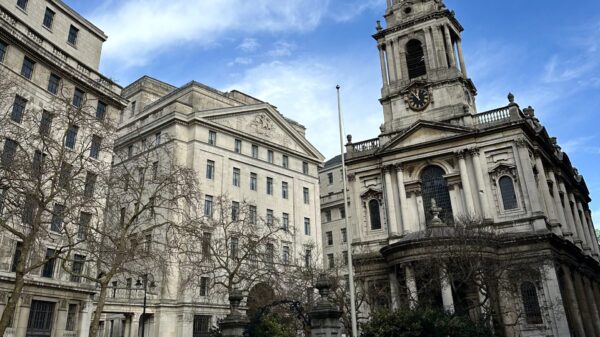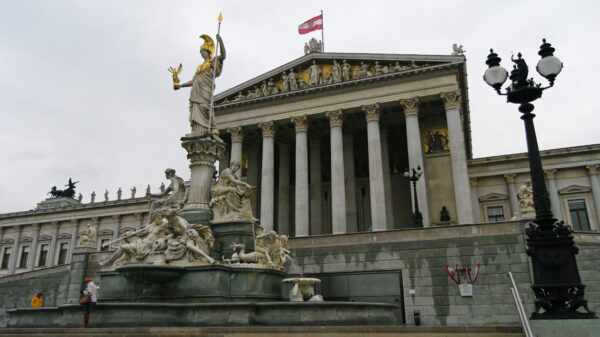Staff writer Ruth Otim examines the implications of Ethiopia and Somaliland’s Memorandum of Understanding (MoU) on regional geopolitics.
The new year brought with it a controversial Memorandum of Understanding (MoU) between Ethiopia and Somaliland, one that would give Ethiopia access to the Port of Berbera on the Gulf of Aden in exchange for the recognition of Somaliland’s sovereignty, thereby making Ethiopia the first to potentially do so. This agreement, whilst some details remain unclear to the public, has garnered serious attention from both the African and international communities. If this agreement were to be fulfilled, Ethiopia and Somaliland would not be the only actors involved and affected; the Horn of Africa is keenly watching this event unfold.
The Controversial Memorandum
As the most densely populated landlocked country in Africa, Ethiopia has had to rely on its neighbour Djibouti for commercial and military access to the Red Sea, for which Prime Minister Abiy Ahmed, in a contentious public address, positioned this reality as an “existential crisis” and ensured that he would procure access to the sea through either negotiations or force. Ahmed reaffirmed the existential sentiment when he stated that:
“In 2030 we are projected to have a population of 150 million. 150 million people can’t live in a geographic prison.”
Prime Minister Abiy Ahmed
His address already placed tension on the state of affairs in East Africa which was actively realized by the conditions of the MoU.
The MoU signed between PM Ahmed and Somaliland’s President Muse Bihi Abdi, intends to lease 20km of Somaliland’s coastline on the Port of Berbera for a minimum of 50 years to Ethiopia in exchange for Somaliland’s “undisclosed ownership stake in state-owned Ethiopian airlines”, and the far more controversial formal recognition of Somaliland’s statehood. Somalia considers the latter to be an act of aggression.
Somalia is not alone in this stance. Both Eritrea and Egypt, deemed Ethiopia’s main regional rivals, have both presented support for Somalia. On an international level, organizations from the African Union (AU) to the United Nations (UN) have voiced support for the sovereignty and territorial integrity of Somalia in light of the MoU.
The Somaliland government, it’s argued, had no pubic mandate to enter into this MoU. As a sovereign nation, Ethiopia is potentially culpable for violating various AU acts defending the right to member-states’ territorial integrity and prohibiting the use of force among member states, under Articles 3(b) and 4(f) of the Constitutive Act of the AU respectively. In addition to possibly breaching UN Charter provisions affirming Member States’ rights to “sovereignty, territorial integrity and political independence of other States” under Article 2(4), international standards on respecting political and territorial sovereignty may have been infringed through this MoU.
However, this has not led to Ethiopia reconsidering the agreement. Ahmed’s ruling Prosperity Party of Ethiopia ensured that they would secure the MoU as a “practical agreement”. A senior advisor to President Hassan Sheikh Mohamud of Somalia has stated that Somalia is prepared to take military action to prevent Ethiopia from recognizing the state of Somaliland. Their preparedness to go to war comes after Somalia rejected talks with Ethiopia about Somaliland’s recognition, Somalia’s Ministry of Foreign Affairs asserting that “there is no space for mediation unless Ethiopia retracts its illegal MOU and reaffirms the sovereignty and territorial integrity of Somalia.”
A History that Predates the MoU
Ethiopia’s history with its neighbors undoubtedly sets a precedent for the reactions of African nations and the international community. In recent memory, Ethiopia’s invasion of Somalia in 2006 to crush the Islamic Courts Union (ICU), based on Ethiopia’s accusations of ICU terrorist affiliations and threats to its sovereignty, later aided in launching al-Shabaab’s insurgency, for which Ethiopia’s peacekeeping presence still remains in Somalia. Even before 2006, the Ogaden War of 1977-78 demonstrates Somalia and Ethiopia’s long-term dispute over land in the Horn of Africa. Even past this, the secession of Eritrea in 1993 gave Ethiopia its landlocked status.
Somaliland’s history as a British colony, and Somalia as a former Italian colony, had led to a disputed relationship between the two states, culminating in Somaliland’s self-declared independence after a sanguinary war was fought with Somalia. Its status as a self-declared independent state would remain so until the MoU agreement was formed.
With Ethiopia’s historically strained diplomatic ties with Somalia, its landlocked status, and Somaliland’s tense relationship with Somalia, the MoU’s threatening effect on the political stability of the Horn of Africa is far clearer. It is in light of the past, and the actions of Ethiopia and Somaliland in the present, that Somalia is far less compromising when it comes to the MoU.
Nevertheless, President Mohamud has been clear that Ethiopia has a right to access the sea, which he believes is not a question at all. However, if Ethiopia continues to take measures to affirm what the Somali Ministry of Foreign Affairs presents as an illegal MoU, Mohamud stressed that:
“We will defend our country, we will defend it by all means necessary and seek the support of any ally willing to help us.”
President Hassan Sheikh Mohamud.
Implications of the MoU Outside Somaliland Sovereignty
The MoU holds greater implications for counter-terrorism measures in the region. As the Armed Conflict Location & Event Data Project (ACLED) points out, if the MoU was to proceed, Somalia would look toward expelling Ethiopian troops fighting against al-Shabaab from the country. Without Ethiopia’s counter-insurgency measures, there could be a greater expansion of al-Shabaab’s presence in Somalia. The effectiveness of these counterinsurgency measures relies on the cooperation of Ethiopia, Somalia, and Somaliland, which the MoU threatens.
Not just actions in relation to counterinsurgency, but also the cooperation of all three actors will determine the future of stability in the region. The necessity for peaceful diplomatic dialogue to uphold the integrity of the territories and the charters of the AU and UN is crucial. The security of the region rests on the proceedings of the MoU.















